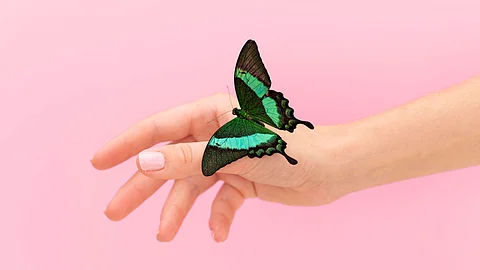The trend, shared in private circles, involved injecting non-sterile mixtures made from insects. While it's unclear how Davi found out about it, his actions mirror the same dangerous behavior.
What Happened After
Soon after injecting the mixture, he began vomiting and had trouble walking. He spent an entire week in unbearable pain before dying from what doctors believe was septic shock, likely triggered by toxins or bacteria in the butterfly remains.
The case prompted a police investigation, and authorities renewed warnings about how risky online challenges are becoming, especially for teens.
What the Doctor Says
Dr. Jagadish Hiremath, a public health expert, spoke to The Indian Express about the case. He explained that yes, it’s scientifically possible for butterfly remains to carry bacteria or toxins strong enough to trigger life-threatening reactions when injected into the bloodstream.


